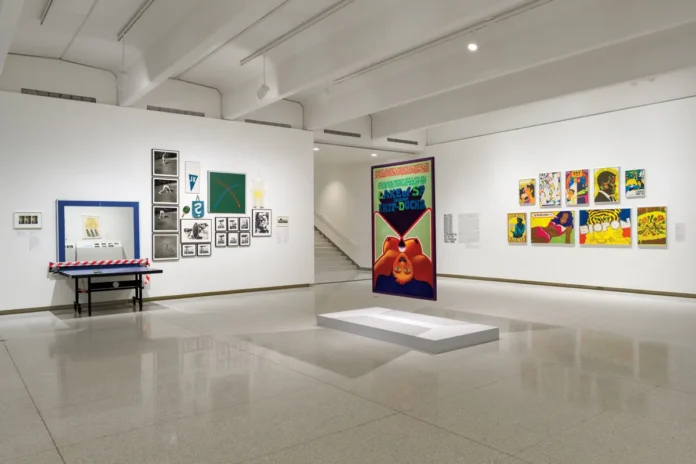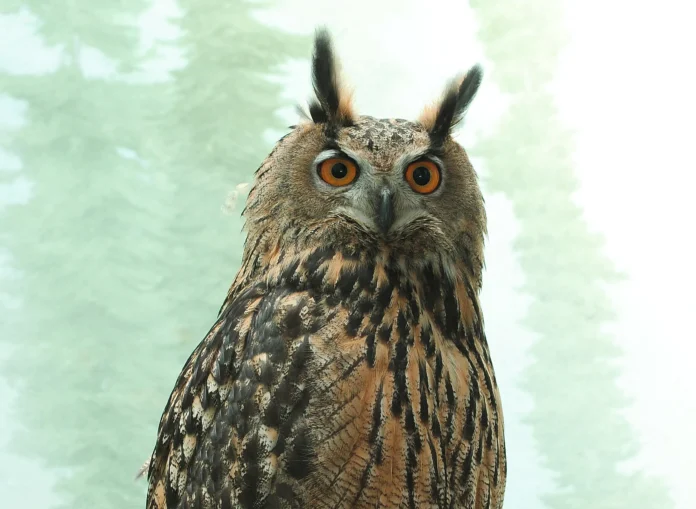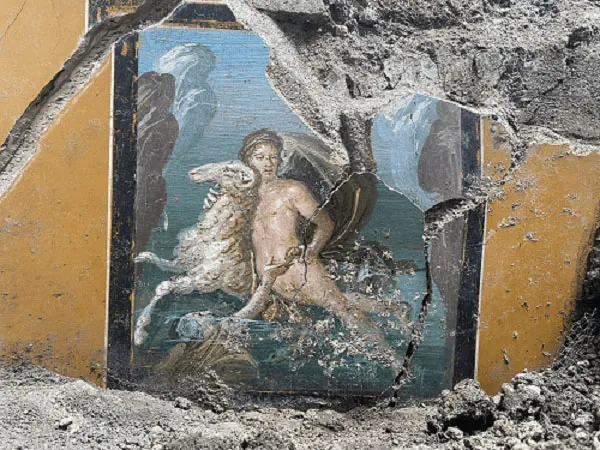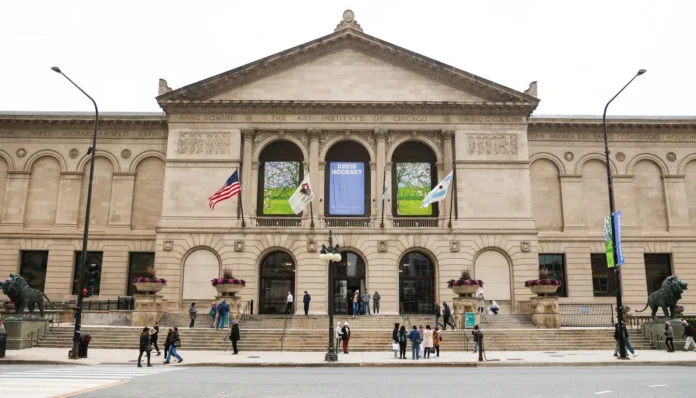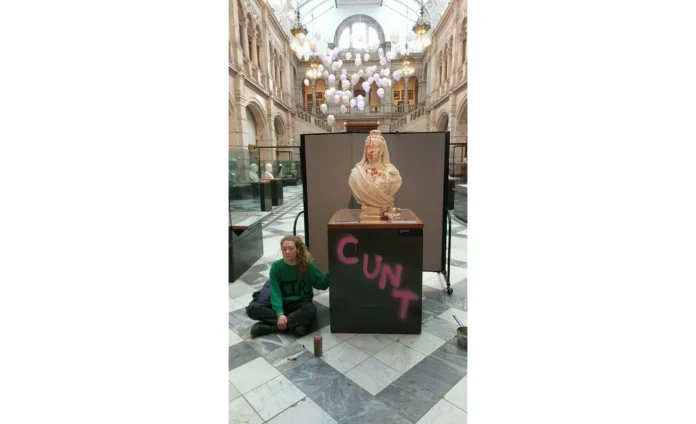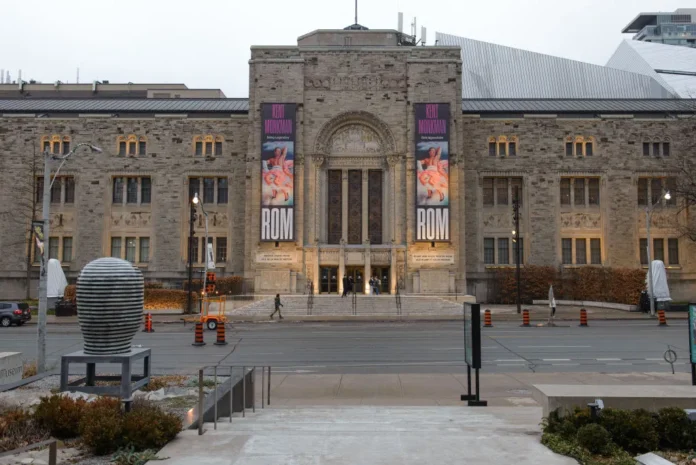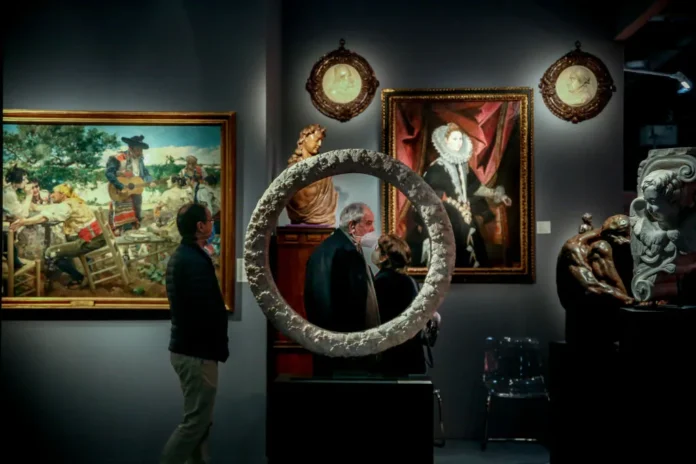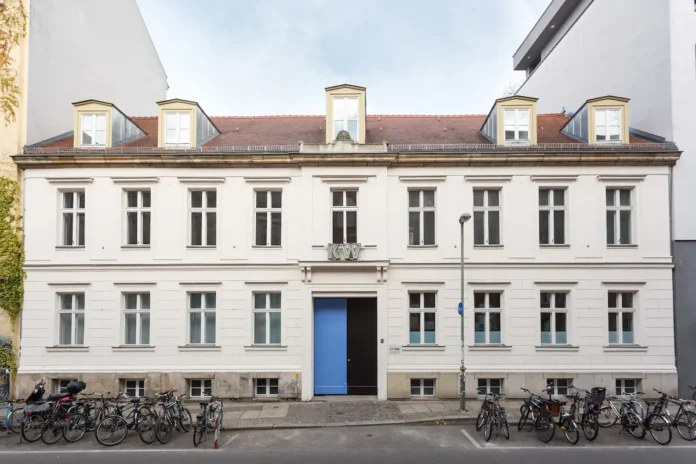An easel, an upturned doll, some houseplants, some rolled-up papers, a basket, a chair: these are some of the items that appear in a sun-dappled living room, as captured by Czech photographer Jan Ságl in 1973. The living room belonged to him and his wife, artist Zorka Ságlová, but neither they nor their children are present. Ságl shot the image after learning that his home was being monitored by the police: he wanted to document the scene, so that if they meddled in his home, he’d be able to tell. He called the series “Domovní prohlídka” (“House Search”). Then, fearing that investigators might discover these works in a search, Ságl hid them. For years they were thought to be lost, until friends found themtucked beneath floorboards and squirreled away in boxes bandarqq365.
That same year, in Poland, artist Jan Dobkowski exhibited his “Pierworodni” (“Firstborn”) sculptures in a reservoir just outside Warsaw. Formed from plexiglass tinted shades of deep green and crimson, these sculptures resemble faces with puckered lips, from which flowers and other fantastical elements extend. Dobkowski let some of these sculptures float among reeds and allowed others to hang loose from leafless branches, then let the natural elements take over. In the remaining documentation of them, they provide dashes of visual excitement amid a colorless wet landscape.
The Ságl photographs are sour, the Dobkowski sculptures, sweet; they have little in common. But they are both on view in “Multiple Realities: Experimental Art in the Eastern Bloc, 1960s–1980s” at the Walker Art Center. The epic show proposed no singular aesthetic for the art of the six countries surveyed: East Germany, Poland, Czechoslovakia, Hungary, Romania, and Yugoslavia. Instead, it offered a multiplicity of artists—some famous, some practically unknown—who worked in different mediums and different sociopolitical contexts, all linked on one side of the Iron Curtain bandarqq365.

The show grapples with the censorship artists navigated both cleverly and begrudgingly, while at the same time highlighting extravagant oddities that are the fruits of their context. Some encountering those oddities may find themselves surprised: Socialist Realism—and its battle with Abstract Expressionism—dominates Western narratives about art from this region and this period, with rare exceptions being made for artists like Marina Abramović, whose painful performance art has gained a following far beyond the borders of the former Yugoslavia. The subject of this show is not Socialist Realism but experimental art: photos, videos, technological tinkering. Some of that experimentalism was supported by the states; some of it took place underground. Much of it continues to thrill.
Responses to repressive governments formed the bulk of “Multiple Realities.” Bodily harm and dismemberment were recurring metaphors for threats against personal autonomy: Polish sculptor Barbara Falender was represented by one of her marble “Poduszki Erotyczne” (“Erotic Pillows”) sculptures (1973–76), resembling gnarled torsos shorn of their legs, and Croatian photographer Željko Jerman showed a self-portrait in which his face was shoddily excised from the print,causing him to appear decapitated.
Other artists approached violence more abstractly. Hungarian artist Gyula Konkoly did so with his 1969 sculpture Vérző emlékmű (Bleeding Monument), for which he wrapped a block of ice in gauze dipped in potassium permanganate, then allowed it to melt, leaving behind a gross solution that gives the impression of a slurry of bodily fluids.

Then, in the same gallery as the Konkoly sculpture, appeared a clip from the 1966 film Daisies, Věra Chytilová’s Czechoslovak New Wave classic, which was originally censored for the self-indulgent behavior of its female protagonists, two young women who entertain themselves as they traverse Prague. The film casually alternates between tones: extreme flirtation and riotous laugher, and then, at one point, a suicide attempt. In the film’s most memorable sequence, the protagonists gleefully use scissors to snip off each other’s heads, which float disembodied in a surrealist montage.
This entertaining scene is a reminder of the glee to be found in defiance, an affect that often permeated “Multiple Realities.” It can be seen in photographs by Libuše Jarcovjáková, who turned her lens on queer Prague during the 1980s. (Homosexuality was decriminalized in Czechoslovakia in 1962, but even afterward, it was not always considered socially acceptable.) In one shot taken at the T-Club, a famed gay bar, two women proudly lock lips as a substantial line forms at the bar. Near the Jarcovjáková pictures were linocuts from 1964 by German artist Jürgen Wittdorf, who, in one print, depicted a group of brawny young men showering together. Wittdorf created the print on commission for the Academy of Sports in Leipzig, which apparently welcomed his version of glistening Socialist Realist beefcake.

But all this giddy merriment occasionally gave way to an underlying sense of paranoia. Some artists highlighted that via pranks enacted in the public space. In their 1977 performance Stumble, members of the Polish collective Akademia Ruchu pretended to trip over an invisible obstacle while ambling down a crowded sidewalk. A film of the performance shows unwitting passersby assessing the situation, looking on with a mix of confusion and worry. The piece preyed on fear of unseen threats in Poland, which at the time was marked by growing economic debt and political convulsions.
Artists, to be sure, found ways to mock the situation, though much of this came in the years after 1989, when the Berlin Wall came down. The show included a few works from after the ’80s, among them German artist Cornelia Schleime’s 1993 series “Until Further Useful Collaboration, Nr. 7284/85.” She displayed photographs that she photocopied from her Stasi file. Secret police officers had kept tabs on her, carefully reporting on her activities. But Schleime’s self-portraits undermine her agents’ bureaucratic sangfroid. In one of them, Schleime is shown atop a long table in an empty rec room. Wearing a blue overcoat reminiscent of workwear, she seems less like a laborer than a fashion model. She stands alone, looking directly at the viewer and flashing a knowing smile.
